Ideas on Cinema
Preface to Présences by Olivier Assayas
You shall call a fine film the one that makes you think highly of cinematography.
Robert Bresson1

The final scene from Summer Hours [L’heure d’été] (2008) is illustrative of Olivier Assayas’s attitude. A boy and a girl, both very young, leave the house of the past, the house full of memories where a final, improvised party is being held, the house that is resuscitated one last time by a whirlwind of voices, laughs, music, dance; they trot down the slopes of the wild garden and run in the light and the luxuriant space. Arriving at the foot of a wall, they climb it, cross it and keep running, farther: towards the world, towards themselves… The cinema of Assayas resembles this scene: it’s a cinema that escapes. It’s not an escapist cinema, but it’s a cinema that escapes from prisons, fashions, methods, and systems.
It is perhaps to dispel a number of misunderstandings that he recalls, today, his trajectory in its entirety, his five years “in the margins” of the Cahiers du Cinéma, the twenty-three years and thirteen films that gained him recognition as one of the major contemporary French filmmakers. Situated in between two generations – that of André Téchiné, Benoît Jacquot, Jacques Doillon, Philippe Garrel on the one hand and that of Arnaud Desplechin on the other – he rather cultivates the differences, the rifts even, that his origins mark out and a sensibility related to the 1970s counterculture that nourished his adolescence.2 He’s marked by an idea of art that aims at opening things up, by the novels of Kerouac and the poetry of Allen Ginsberg, by the painting of Warhol, Bacon and David Hockney, rather than by cinema, which he’s not fetishistically attached to. This way, far from relating to a period in the sense that his films would reflect a common sensibility – concerning music, particularly – very early and very lucidly, he realised he made films against his generation instead of with it. His first film, Disorder [Désordre] (1986), is generally considered a rock film, but Assayas himself refers to it as an “anti-rock film”; Cold Water [L’eau froide] (1994), an autobiographic story focusing on two drifting adolescents, in his opinion is the opposite of a social film à la Ken Loach; and while Sentimental Destinies [Destinées sentimentales] (2000) is often seen as a big budget spectacle film and an adaptation – charged with academism – of Jacques Chardonne, he considers it as a way, not without risk, to break with current consumer cinema. From film to film, especially from Cold Water on, with Irma Vep (1996), HHH. A Portrait of Hou Hsiao-hsien [HHH. Portrait de Hou Hsiao-hsien] (1997), Late August, Early September [Fin août, début septembre] (1999), and demonlover, Clean, and Boarding Gate, the great trilogy realised outside the habitual formats of French cinema between 2002 and 2006, he seems to take malicious pleasure in doing the opposite of what the public expects.
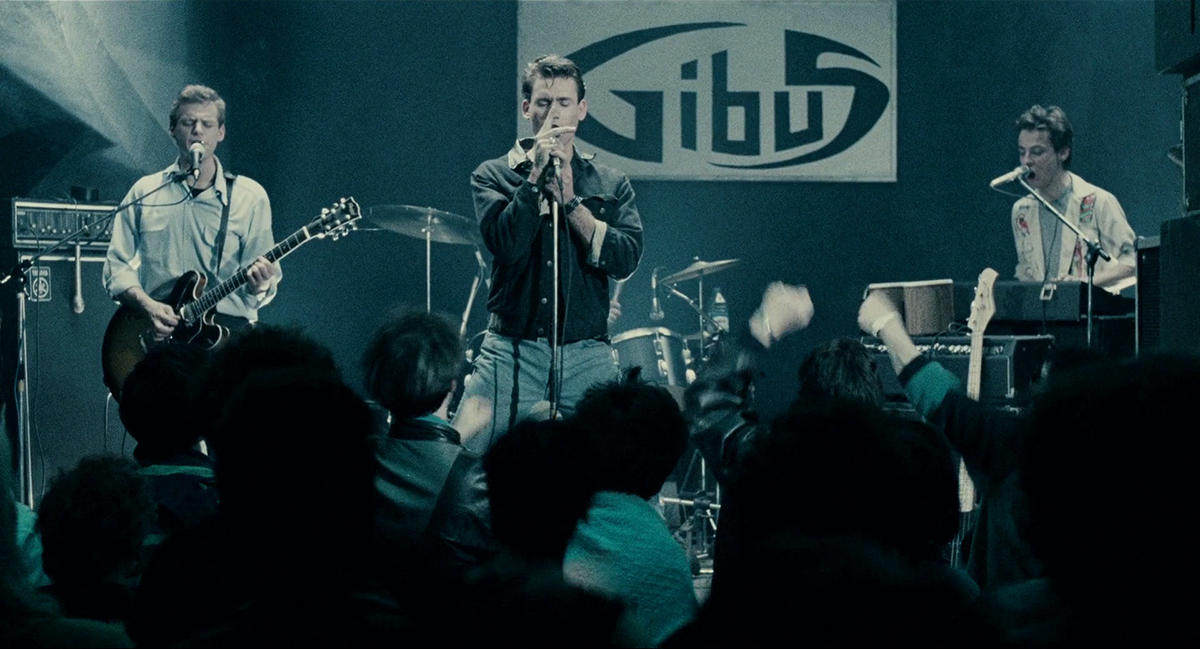
Robert Bresson writes in Notes on Cinematography: “Misunderstandings. No (or hardly any) harsh criticism or praise that is not based on some misunderstanding.”3 The misunderstanding about what can be expected from cinema, and art in general. While critics focus on the unusual and refined eclecticism of Olivier Assayas’s films, his films design the continuity, the organic coherence of an exploration that, despite everything, connects him with the invention of a first person cinema, in the wake of Antonioni, or of Truffaut. That’s where his constant self-exploration, his écriture originates, this “Ariadne’s thread that artists clutch, without exactly knowing if it’s right; but with a certainty that there’s nothing better to hold on to.”
In any case, don’t be misled by the discrete, almost timid appearance of a director whose sensibility and juvenileness makes one think of Peter Pan. And don’t be fooled either by what’s reassuring, familiar, and consensus-like in Summer Hours or Sentimental Destinies, where we can see, can breathe some air à la Bonnard, à la Corot, or where references to Nerval (first title for Summer Hours: Souvenirs du Valois) join Chardonne and Proust, an entire French literary and pictorial tradition that we recognise, that we love. Under the glaze of Summer Hours, we still hear the vibrant theme of liberating ruptures that covertly resonates with the final disappearance and probable suicide of the rebel protagonist interpreted by the then only seventeen years old Virginie Ledoyen in Cold Water, fourteen years earlier. The initiations and passages of this eclectic admirer of Ingmar Bergman, Jean Genet, Francis Bacon, Hou Hsiao-hsien are violent and without compromise. Radical. In life and in art.
Undoubtedly, he refers to masters like Visconti, Fassbinder, Godard and Bresson, and Tarkovski, and Pasolini... Strangely enough: Visconti, so often accused of academism, is characterised — and admired — by Assayas as a “despot of another century” while Visconti’s cinema definitively broke with the nineteenth century as supremely incarnated in literature, as Assayas knows very well, as he says, also: in the construction of La Comédie humaine, in the novelistic modulation of the great cycle of the Rougon-Macquart, in the cathedral-architectures of À la recherche or of the Wagnerian tetralogy. At the same time, some traces of that world, the world with bourgeois roots, remain in Assayas’s work too. Very visibly in the dimensions and delicacy of Sentimental Destinies, but more often profoundly, like in the presence of Edith Scoob who, coming both from Franju’s Eyes Without a Face [Les yeux sans visage] (1959) and Ruiz’s Time Regained [Le temps retrouvé] (1999) where she interpreted the role of the Duchess of Guermantes, incarnates the mother in Summer Hours and the presence of his own mother, of Hungarian origin and likewise connected to an aristocratic universe that no longer exists today. However, there’s no attempt to revive or reconstruct this world. It’s a matter of era, and Assayas is – in an absolute, urgent, and challenging way – of his time, our time. That’s to say: he’s modern. Modernity, running through all of his occupations, all of his claims, all of his cinema, is the key to his oeuvre.
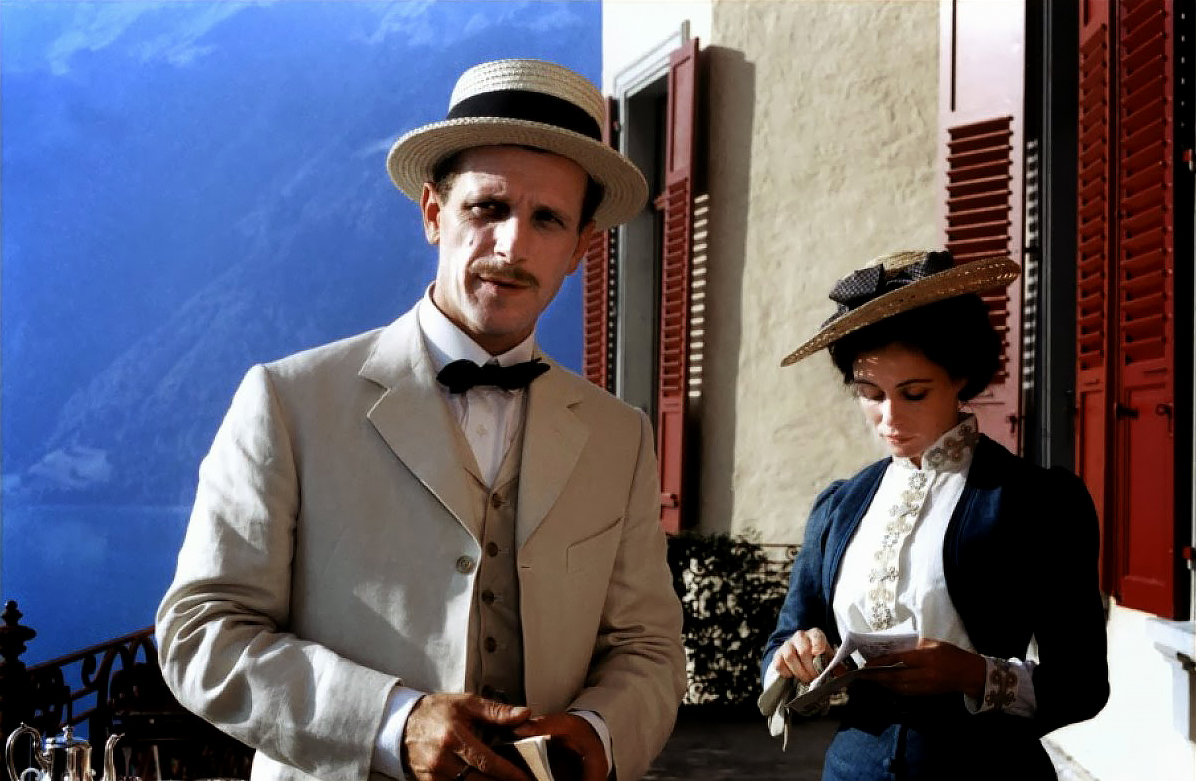
Modernity is understood, it goes without saying, as a force of rupture, freedom, questioning and independence. At the heart of it all is “the great question of the modern” – that of our place in the present world, our being in the world, that of the answers that are proposed, incarnated in art and in oeuvres – be it literary, pictorial or cinematic. Can we still speak about an “oeuvre” in the way that was used to characterise the totalising visions of, for example, Balzac or Tolstoï? Maybe even more so than novelistic and literary modernity – and their “open” oeuvres – cinematic modernity denies it, situated very precisely at the juncture between the abstract, artificial and often conventional geometries of narration and the chaos of life, between fiction and documentary, since it is constituted by and nourished through the mysterious circulation of mixed fluxes: the existence of an author, of his actors, all the coincidences, all the impurities of the world sterilised or rejected by Hollywood standardisation. From the always instable equilibrium with the real, modernity arises, all over the world, at different times. It’s the case with Antonioni or with Wenders, or Cassavetes; and with Hou Hsiao-hsien, completely unknown in 1984, when Olivier Assayas identifies in the latter’s work a singular capacity “within a preserved Chinese tradition, to restore, in a cubist fashion if you like, the complexity of the truth of a given situation that can only appear by combining different and simultaneous angles.” A modern oeuvre, facetted, round and prismatic like a luminous disco ball that illuminates the shards of a face, the fragments of existence, and the visual and sonorous disorder of the contemporary world while drawing a self-portrait of an artist worthy of the world, or of different worlds, whose presence and energy he incorporates in the work rather than trying to control them.
There’s something Gide-like in Assayas’s modernity, in his winding and contradictory trajectory, in his receptiveness, in his formal exigency, in his intimate concentration and affirmed autobiography. An autobiographism that has less to do with souvenirs of egotism à la française and a reliance upon an anterior patrimonial cocoon and more to do with research, beyond oneself, of this instable, trembling, displeased, “haunted” self-image that he evokes here – a research that progresses through renunciations, detachments, and successive distanciations. Renunciation of the artisanal cinema of his beginnings: his work as a screenwriter for his father. Distanciation from his substitute family at Cahiers du Cinéma in an important epoch, between 1980 and 1985, among the editors Serge Daney, Serge Toubiana, Alain Bergala, Pascal Bonitzer, Michel Chion, Charles Tesson – a second family that he distances himself from, parallel to his rupture with his first family. It’s these rejections, this risky choice for the margins that mark his identity, his ideas on cinema. And his singularity as well as his solitude.
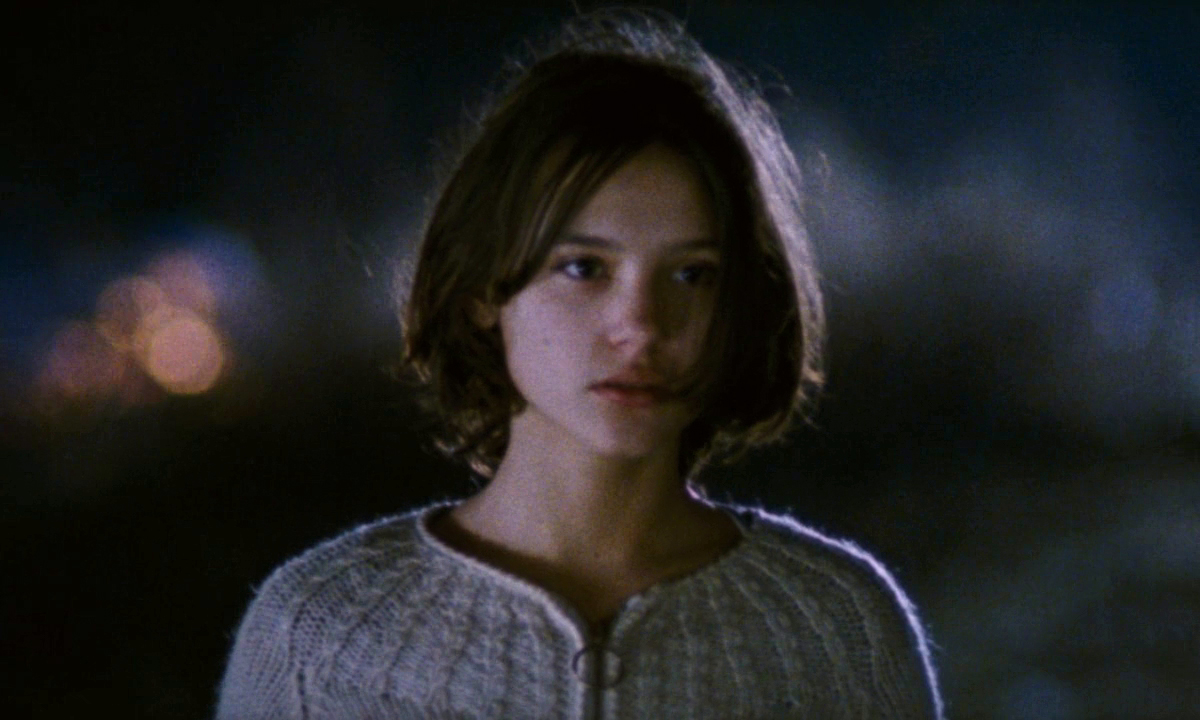
“In the margins of the Cahiers,” that’s how he defines the situation he was in. Rather than the established analyst of the “big films” of this period – indeed, he selects hardly a handful of those well-respected directors: Visconti, Fassbinder, De Palma, Scorsese and, above all, Godard – he’s the one who discovered Asian cinema. For the rest, concerning American films, he’s a sort of “ragman” in the Benjaminian sense, gleaning genre films here and there by accident, B films, even Z films (with a predilection for science-fiction and horror films), at the heart of which he senses a humour, an energy, a subversive or poetic presence that doesn’t stop to enchant and nourish him. Doing his thing, searching and skimming productions to find sputtering sparks in films that will be discarded in the future, to trace rough diamonds, to discern in these films the symptoms of what we are, today, with our collective fears and all our unbridled fantasies.
Oscillating between disgust, fascination and obsession, it’s also from this impure and corrupted material that this admirer of Guy Debord draws to speak of the alienating lures, the traps, and the seductions that the empire of images deploys at a planetary scale. From demonlover to Boarding Gate, Assayas superbly displays this discourse on the society and industry of the spectacle considered in their universal dimension, with a charge unequalled in cinema and particularly in French cinema. Misunderstood in his radicalness regarding habitual standardised circuits and products, which is too troubling in a society reigned over by the narrowest right-mindedness and arrogant and blind presumption, he notes about the oeuvre of Edward Yang: “History takes place, but subterraneously, without us knowing.”
The privileged, obligated field of modernity’s cinema is the real world; it’s up against the real that the living part of all authentic creation risks and measures itself. That’s where the loathing of the docile recipes of “artisanal” cinema as well as the cinephile liturgies comes from, the loathing of the process of industrial repetition of generic forms – the submission to the system – and of the abstract imprisonments in chapels where cinephile fetishism ritualises and celebrates itself, of all formal mannerisms that are legitimated today in the name of “postmodernity.” Against the “suffocating culture,” against the academic and anaesthetic canons of excellence and tastefulness, Assayas reminds us that in cinema, like in the other arts, the only necessity, the only moral obligation is to speak the realities of the times, to state the position one speaks from, today, between 1980 and 2008, and to do so using contemporary forms, living forms.

“Our epoch possesses only one horror, that of the passions,” he notes in his writings that are all marked by a passionate curiosity of other worlds. Was it only a coincidence that drove him to Asia, in order to conduct with Serge Toubiana and Charles Tesson the investigation of cinema that, as one of the cult editions of the Cahiers, the September 1984 special edition “Made in Hong Kong,” was the starting shot of a formidable opening towards Asian cinemas and determined a profound change in cinematic cartography due to the recognition of a new orientation of creation, of a new horizon of contemporary imagination, as compared with American cinema? Neither the feeling for Asian arts passed on by his father, nor his admiration for the masters of yesteryear (Mizoguchi, Ozu) suffice to explain such a strong decentring.
It’s something else, cinema and travel meeting desire in order to crystallise and accomplish – develop in the photographic sense of the term – their potential: the metaphysical taste of faraway places, the attraction of new, unmarked territories, beyond the reach of language and codes, and the premonition of the emergence of a chaotic and real vitality, of a real that’s really real. And that is achieved at the cost of a systematic distanciation from oneself, of a confrontation with what’s utmost unfamiliar (Michaux is not far off).
This sharp realisation that the world is also – and in his case, primarily – elsewhere is not totally unique but nevertheless rather rare in France (we find it in the works of Chris Marker, Bruno Dumont, Claire Denis and sometimes Benoît Jacquot). He tells me, “Reality, History, they are to be found in Russia, in China, in India. Here, individuals are locked in their bubbles and afraid their bubbles will burst.” Departing, immediately, in 1985, the United States was the horizon, the “escape route” for Disorder and, nineteen years later, for Clean. And then, Taiwanese cinema… To state, urgently, the lost and regained real, the emergence of unknown landscapes and bodies. Foreign Presences. It’s through them that the cinema of Assayas, in its journey through modernity, keeps making a dent and looks into the ivory tower of French cinema. With him, one breathes another air, the air of a world that doesn’t stop at the borders of a Parisian district but is situated between Toronto, London, Paris and San Francisco (Clean), between Paris and Hong Kong (Boarding Gate) or Taipei (HHH. A Portrait of Hou Hsiao hsien). During the 1960s, Godard’s modernity had the accent of Jean Seberg, Jack Palance and Samuel Fuller. At the turn of the century, Assayas’s modernity has the accent of Connie Nielsen, Asia Argento, Maggie Cheung. And his settings are adapted to this salutary broadening of the world. In contemporary French cinema, I don’t see other authors who are able to go and look for settings that capture contemporary presence, violence and gloom. The bluish Tokyo at daybreak of demonlover, the hallucinatory and nocturnal Toronto of Clean, with its Dantesque torches and phantom factories, the swarming and labyrinthine Hong Kong of Boarding Gate are all vortexes where the characters are seized, carried away and devoured. Of all these vertiginous descents, demonlover offers the most powerful journey: between the displays of the underground pornographic industry and the poles of an invisible and omnipresent power, from Tokyo to Mexico, from the Brave New World’s sanitised palaces to lost roads between heaven and earth, somewhere near Tijuana, or in hell… There’s a very real world of prostitution, drugs, abductions and murders that’s entirely managed and controlled by cameras and interposed networks, not far away from where we are now.
Dowser of the modern, Assayas speaks of the here and now, of immediate Life. The titles of his films refuse the present in their timespan that escapes the standardised dramaturgical structures of the industry: that of the day (Paris Awakens [Paris s’éveille]), lived durations (Late August, Early September), seasons (Winter’s Child [L’enfant de l'hiver], or Summer Hours). His stories always take place in precise meteorological or atmospheric surroundings – a trait that’s maybe more characteristic of Europeans and Asians than of Americans, who let action prevail. From Sentimental Destinies one retains, like from Rohmer’s Moral Tales [Contes moraux], the perception – as fine as the celadon shade of porcelain one has looked for all one’s life – of the hours of the day, of the heat and the cold, of the seasons that are also those of the soul, possessing a colour, a taste, a perfume: the wintery grey-blue in Clean, in Disorder, in Cold Water; the spring-like green in Sentimental Destinies... Even in the artificial world of demonlover, a window can open, by exception, for hardly a second, onto a sunny garden, beautiful like a painting by Bonnard.
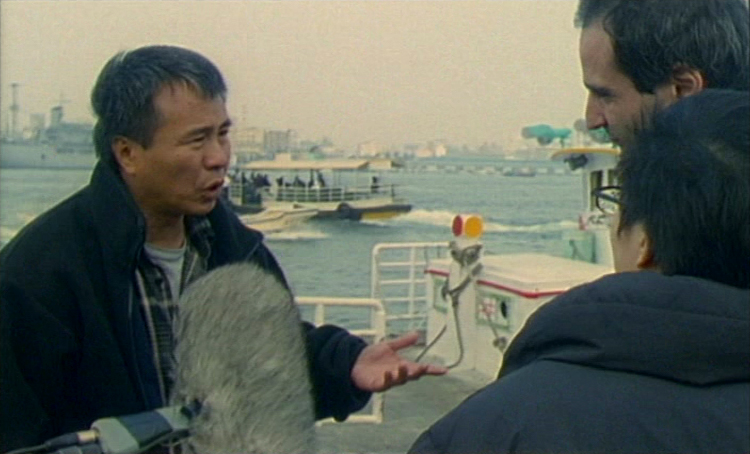
He wrote of Hou Hsiao-hsien that he “preserves the specific relationship with time,” a characteristic he will stylistically develop himself. With a non-exclusive predilection for the movement, liveliness and speed that direct the gaze at the surface of things and beings, but that also make it possible to accompany them, to move close to them, sensitively, nervously: according to the music, the ultra-sensitive film stock, he creates a direct take on the visual and sound texture of our times, of which Assayas tells us that it remains the ephemeral and precious print of a modernity seized through bodies and gestures rather than language. A more – and how much more! – physical modernity than Antonioni’s, with more insolent erotic presences than in Bergman’s films, consistently looking into the opacity of what the scriptwriter Cesare Zavattini, at the dawn of neorealism, called “the epidermis of things.” On this side of the action, Assayas’s subtle camera captures the minute variations, the intonations that transmit between the characters the intervals of desire, the invisible currents of the sensible, of intense emotions, of the obscure algebra of attractions and passions.
Immediate life is thus continually declared, even when the form is that of the novel (Sentimental Destinies) or even the hyper-novel bordering on the serial (Irma Vep, demonlover, Boarding Gate) or a construction built on memory, like the Russian doll theatre of Irma Vep. But what gives away Assayas’s signature from one film to the next is this primary aim, cultivated throughout his artistic research: that the filters between him and the world should be as thin as possible, bordering on transparency. The both dense and limpid investigations he devotes to Clouzot’s The Mystery of Picasso [Le Mystère Picasso], to the out of focus in Mark Power’s photography, speak of the aspiration to capture the real on the spot and of the acute awareness of cinema’s extraordinary aptitude to capture the conjoint stirrings of the world and its beings. It’s not material control, nor the polish of a rendering or the surface, nor the perfect shape of a body that interests him, but it’s the sensitivity, the primitivity and the truth contained in the grain of an image or the strangeness of a sound or a sudden unexpected intonation. That’s where the importance of improvisation “engendering the absolute time of modern art” comes from, as evidenced in his work on music (with Sonic Youth for demonlover or in the June 2005 recordings of the Saint-Brieuc Art Rock festival for Noise) as well as in his reflections on painting. Like Bresson, Assayas has been a painter first. Closer to Bacon, thus, than to Balthus. Casting his nets to bring to the surface the sudden nuances and materiality of coincidence, in colours, in voices, and in vibrations.
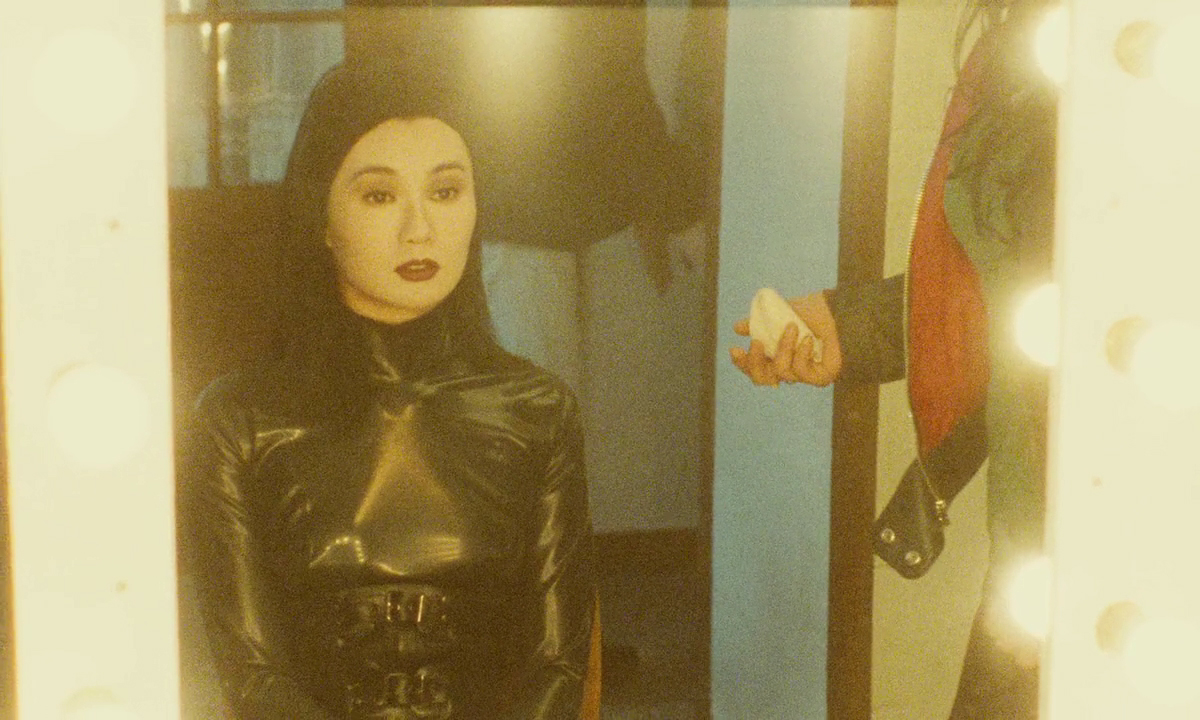
His nets: a way of pointing out the imperceptible networks of a mise en scène and writing that pass through the desiring and predatory liveliness of the eye, hand, and thought. Even in the case of labyrinthine stories (Irma Vep), the cinematographic dispositif aims at reducing the thickness or the barrier of the screen, at reducing it to a skin, a film barely laid upon appearances, in the manner of those light veils that envelop, fit and emphasise the flesh of the Venuses of Hans Baldung Grien, Dürer, Cranach, Botticelli and Klossowski. Assayas’s invisible screen, in the slipstream of Bazin’s conceptions, is resolutely naked, a window rather than a framework. A territory of subtle chasing, his cinema aims at living matter that needs to be kept alive, without starching the living in a form (Balthus, the mark of good taste). To leave some things suspended, unfinished, some blanks in the framework (the whisked away final of Cold Water), to avoid lingering. To give a free hand to the power and the irradiations of the sensible, of which the stridencies, the strange notes and the sudden stirs confuse the film stock or unsettle the game. At the end of the cinematographic act, modernity’s value is measured by the “presences” seized on the spot and by the many-sided palpitations they convey through film.
The presences of objects, bursting with sensitive memory, with a sudden density of time concentrated in the texture of summer hours, hours that are the conclusion, the blossoming of a long and slow process of formation. “An hour is not simply an hour, it’s a vase full of perfumes, of sounds, of projects and climates. What we call reality is a certain relationship that a simple cinematographic vision removes, which moves away just as much from the real as it seems to be limited to it.”4 Above all, the presences of bodies, both powerful and vulnerable, offered and hidden, sovereign and enslaved, playing and predatory. Fragile, bursting, almost self-sufficient, central in any case, radiant and scratching are the presences of Virginie Ledoyen (Cold Water; Late August, Early September), of Maggie (Irma Vep, Clean), of hoarsely voiced Asia with her rebel highlights and incandescent erotic energy (Boarding Gate). Or heavy, dusky and disturbing, the very incarnation of an incurable melancholy: the presence of Jean-Pierre Léaud, the director in Irma Vep, who provides a link with Truffaut, with Feuillade, with a poetic cinema and a first person cinema. The actors and actresses are “charged” creatures, traversed, mediumistic, conductors of that at once tangible, palpable, contagious and invisible electricity that feeds the magic of cinema and serves to perpetuate the cinematographic “mystery of incarnation.” That’s where the “miraculous” encounter between the French – and mythic – Musidora, the Chinese – and mythic – Maggie Cheung, and the mythic creature of Feuillade, Irma Vep, comes from. Humorously and seriously, Assayas resuscitates this nocturnal, iconic creature and constructs a reincarnation of the latter in the tortuous and phosphorescent body of Maggie who glides like a cat (or a Hitchcockian hotel rat) over the roofs of Paris through wintry rain. He regains the erotic imaginary of surrealist poetry and popular feuilletons while at the same time affirming his modernity again and again: not in the sterile sense of “the image for the image’s sake,” but in the sense of real life: “I don’t see the actor or the actress, but the person.” Bergman too has met Monika, and Bresson his virgin models of cinema, and Antonioni, Monica Vitti. The actor or actress, the “soulmate” of the director, who establishes the contact – sentimental, sensual, passionate, obscure and real – with the space of creation. This contact knots and re-knots the thread between the present and the past, “the thread that was never broken, that runs through time and takes us back to the essence, at the heart of which was Feuillade from the outset.”
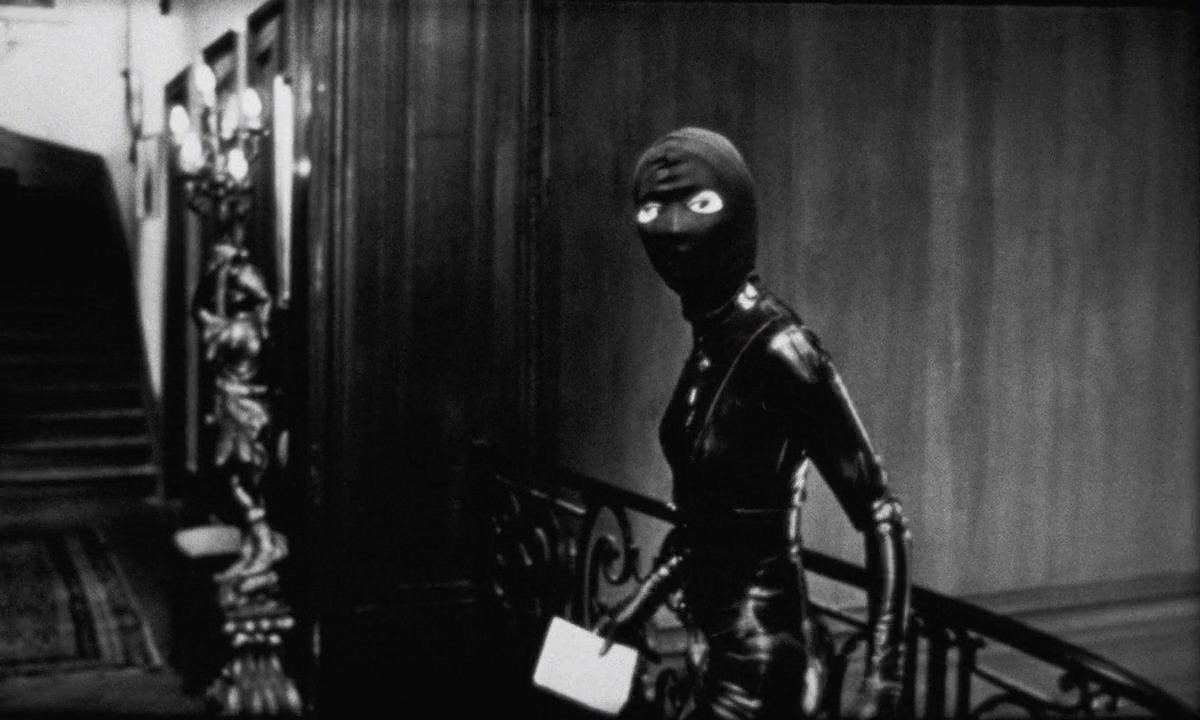
This thread, the ultimate presence, is Assayas’s. As a last resort, through a thousand presences, relationships and intimate affinities, it’s at the heart of all of his films: in the freedom of the narrative framework, in the dialogues, in the selection of settings, in the choice of actors and his take on them, in his writing, the “organic process of the creation of a film, not in its fragmented state, but as it is one, in its continual movement, its continual questioning from the beginning to the end, one and the same thing that’s always at work, namely the restitution of the living by the means of the living.” Each of his films, without exception, is a mark in a personal research, of encounters and at the same time of an epoch and its romantic and poetic aura.
“One passes through one’s epoch like one passes the Punta della Dogana, that’s to say, rather quickly.” This phrase by Debord sounds like an artistic and political injunction to make cinema not for entertainment purposes or as mere spectacle, but, in the words of the narrator of À la recherche, to inscribe it in “the grandeur of real art,” which is “to regain, to recover, to communicate to us this reality far away from the reality we live in, this reality we move aside from more and more as the conventional knowledge with which we substitute it grows thicker and more impermeable, this reality we very much risk not to come to know before we die, this reality that is quite simply our life.”5
What is cinema? To this question, repeated ad nauseam by all theoreticians of its first century, Assayas gives an answer here that is deceptively simple: cinema is what the filmmaker makes of it, in order to explore, to extract, in spite of everything, to “regain” and “recover” the living.
- 1Robert Bresson, Notes on Cinematography, transl. Jonathan Griffin (New York, Urizen Books, 1977).
- 2Olivier Assayas, Une adolescence dans l’après-mai. Lettre à Alice Debord (Paris: Cahiers du Cinéma, 2005).
- 3Robert Bresson, Notes on Cinematography.
- 4Marcel Proust, Le temps retrouvé, transl. Veva Leye.
- 5Ibidem.
This text was originally published as a preface for Présences. Écrits sur le cinéma, a publication of Olivier Assayas' texts on cinema, published by Gallimard in 2009.
Image (1) from L’heur d’été (Olivier Assayas, 2008)
Image (2) from Désordre (Olivier Assayas, 1986)
Image (3) from Les destinées sentimentales (Olivier Assayas, 2000)
Image (4) from L’eau froide (Olivier Assayas, 1994)
Image (5) from demonlover (Olivier Assayas, 2002)
Image (6) from HHH - Portrait de Hou Hsiao-Hsien (Olivier Assayas, 1997)
Images (7) and (8) from Irma Vep (Olivier Assayas, 1996)
This text is published in the context of the State of Cinema 2020 / Olivier Assayas, Friday 26 June 2020 at 20:00 on Sabzian. More information about the evening can be found here.

